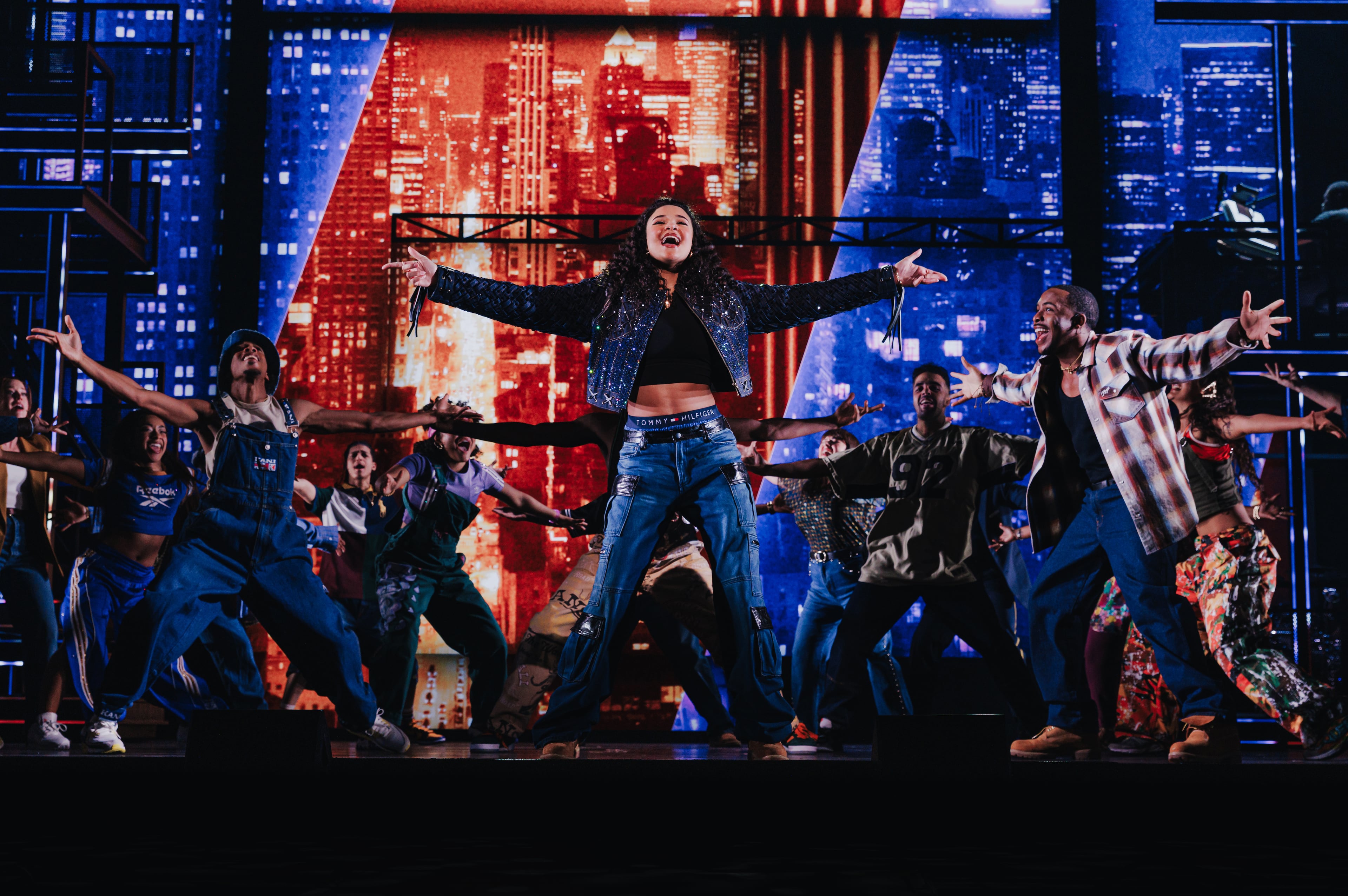Hometown heros play together at the ASO
Additional performances May 10th and 11th at 8. $23-$67. Symphony Hall , 1280 Peachtree Street, Atlanta. 404-733-5000. www.atlantasymphony.org.
Spring has arrived, and with it Donald Runnicles, principal guest conductor of the Atlanta Symphony Orchestra. He brought along a couple of interesting rarities for his opening concert.
Beethoven’s “Triple Concerto” was last performed by the ASO 25 years ago under Robert Shaw. A decade earlier, Shaw had put it on the program for a visit to Carnegie Hall by the orchestra, with big-time guest soloists. That seems to be the way the work is usually done, and it leads to problems. This concerto is unusual in that it is essentially a piano trio with some nice sound effects from the orchestra. All the dialogue is among the soloists and not with the orchestra. But the balance is delicate enough that star performers, competing for attention, mess it up.
This performance brought together the ASO’s most iconic figures. Runnicles conducted, of course. Music director Robert Spano was the pianist, joined by concertmaster David Coucheron (violin) and principal cellist Christopher Rex. These folks know each other well and are used to working together, though not in the same way. All are accomplished musicians, of course, and Spano is actually a fine pianist, though we rarely get to see this side of him.
The cello gets some of the best licks in this work, and Rex’s luxurious tone came across nicely. But he sometimes lost out to the bigger sound from his partners and from the orchestra. And in the second movement, dominated by the cello and violin, there were moments when Coucheron was tuned a bit more sharply than Rex. That said, there was a nice, playful vibe among the soloists, and Runnicles shaped the orchestra’s somewhat thankless role, generating about the right amount ofBeethovenesque storminess in moments when the orchestra played on its own, then mostly receding as called for when the soloists went to work.
The night’s other obscure treasure was William Walton’s Symphony No. 1, a work the orchestra has performed only once before. An English composer influenced by Sibelius, Walton wrote music that deserves careful and repeated attention, if only because of its complexity.
This can be a tricky work. Yet it was soon clear that we were to experience a masterful, nuanced excursion across Walton’s diverse landscape. The first movement is atmospheric, sometimes resembling some of the better film-noir scores that were to follow in a decade or so (Walton completed the symphony in 1935). The second movement alternates between 3/4 and 5/4 time, with blasts from the timpani and grunts from the basses. Horns and woodwinds get to show off in the Andante, and here they were models of good behavior. And it all comes to a happy, brassy, patriotic ending, Walton being a good Brit.
The concert opened with a big, plush, intense performance of Beethoven’s “Egmont Overture.” Runnicles makes no concessions to period performance style, and his more Romantic approach was evident in the “Triple Concerto” as well. It worked better for the overture than the concerto, if only because, in the overture, there was no necessity for restraint, and this was an appealing, nicely disciplined performance.
Runnicles is fun to watch, and he uses different styles. In the “Egmont,” he conducted with his bare hands, stiff posture, and deliberate gestures, not unlike Michael Tilson Thomas. But for the rest of the evening, he used his baton and more fluid gestures.

